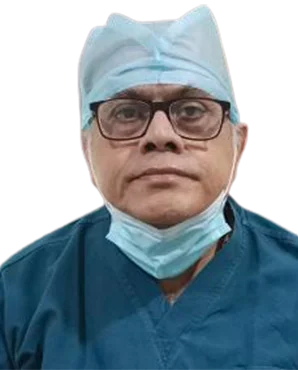Diagnostic (Non-Invasive)
ECG (12-lead, computerised)
With the help of this method, the heart’s electrical activity is recorded from electrodes on the body surface.
TMT
This is a stress test for your heart which measures the changes in blood pressure, ECG, heart rate while walking on treadmill at different stages.
Holter monitor
In this procedure, the monitor is worn continuously for 24 to 48 hours during normal activity to record your heart’s activity
Stress echo
This procedure determines how well your heart and blood vessels are working. Stress echo involves exercising on a treadmill or stationery cycle while the heart’s rhythm is monitored
Tilt-table test
This is a procedure to detect the cause of fainting spells. You lie on a bed and you’re tilted at different angles (from 30 to 60 degrees) while machines monitor your blood pressure, electrical impulses in your heart, and oxygen level.
Ambulatory blood pressure monitoring
This procedure measures the blood pressure at regular intervals and also reduce the white coat hypertension effect in which a patient’s blood pressure is elevated during the examination process due to nervousness and anxiety caused by being in a clinical setting
Echo-cardiography (Colour Doppler, trans-esophageal and 3D)
Echocardiography is a test that that produces live images of your heart with the help of sound waves. The image is an echocardiogram. This test allows your doctor to monitor how your heart and its valves are functioning
Preventive cardiology (lifestyle modification, control of risk factors)
This procedure focuses on early detection, prevention and rehabilitation of heart diseases.
Diagnostic (Invasive)
Coronary Angiography
In Coronary Angiography, an X-ray of the arteries in the heart is done which is called the Coronary Angiogram. This shows the extent and severity of any heart disease and can help determine how well your heart is working. Femoral (groin)
The femoral artery in the groin – near where your leg bends from the hip – is one of the blood vessels doctors most commonly use to insert a catheter (a flexible tube that is smaller than the vessels) and thread it through the arteries to the heart to perform the angiogram.
Radial (wrist)
The cardiologist threads a thin catheter through the body’s network of arteries in the arm and into the chest, eventually reaching the heart. Doctors may also call this transradial access, the transradial approach, or transradial angiography
Peripheral/renal
A peripheral angiogram is a test that uses X-rays and dye to find narrowed or blocked areas in one or more of the arteries that supply blood to your legs. The test is also called peripheral arteriogram.
Electrophysiology (arrhythmia study)
Electrophysiology tests the electrical activity of your heart to find where an arrhythmia (abnormal heartbeat) is coming from. These results help your doctor decide whether you need medicine, a pacemaker, an implantable cardioverter defibrillator (ICD), cardiac ablation or surgery
Intravascular ultrasound
Intravascular ultrasound (IVUS) is a diagnostic test which uses sound waves to see inside blood vessels. IVUS images show the artery walls and can reveal cholesterol and fat deposits (plaques)
FFR study
Fractional Flow Reserve, or FFR, is a guide wire-based procedure that can accurately measure blood pressure and flow through a specific part of the coronary artery
Cardiac catheterisation
Cardiac catheterization (cardiac cath or heart cath) is a procedure in which a thin, hollow tube called a catheter is inserted into a large blood vessel that leads to your heart to examine how well your heart is working.
Haemodynamic study
It is the dynamics of blood flow, a nuclear imaging procedure used to determine the cause of syncope and other circulation disorders.
Catheterisation & evaluation of congenital heart disease This is an invasive imaging procedure to evaluate or confirm the presence of any heart disease.

(Prof.) Dr. Rabin Chakraborty
Behala, Kolkata

Dr. Dilip Kumar
Salt Lake, Kolkata

(Prof.) Dr. Rabin Chakraborty
Behala, Kolkata






























